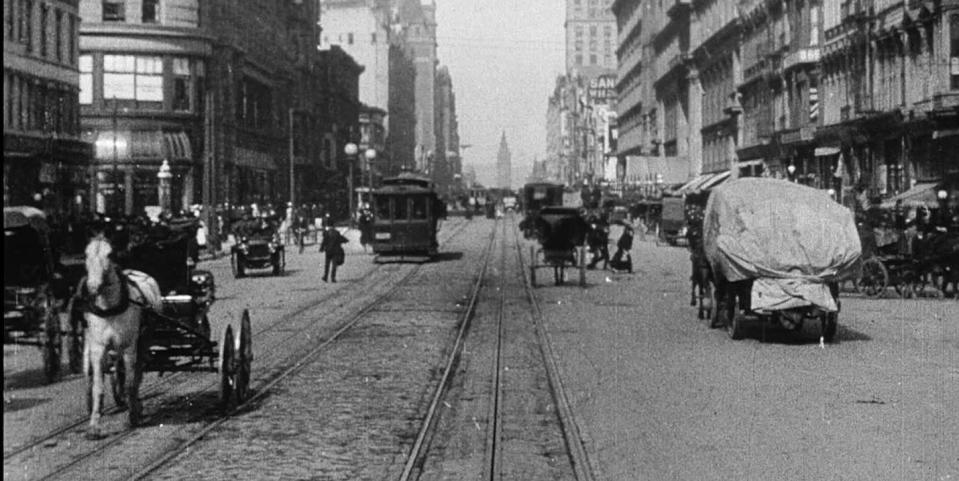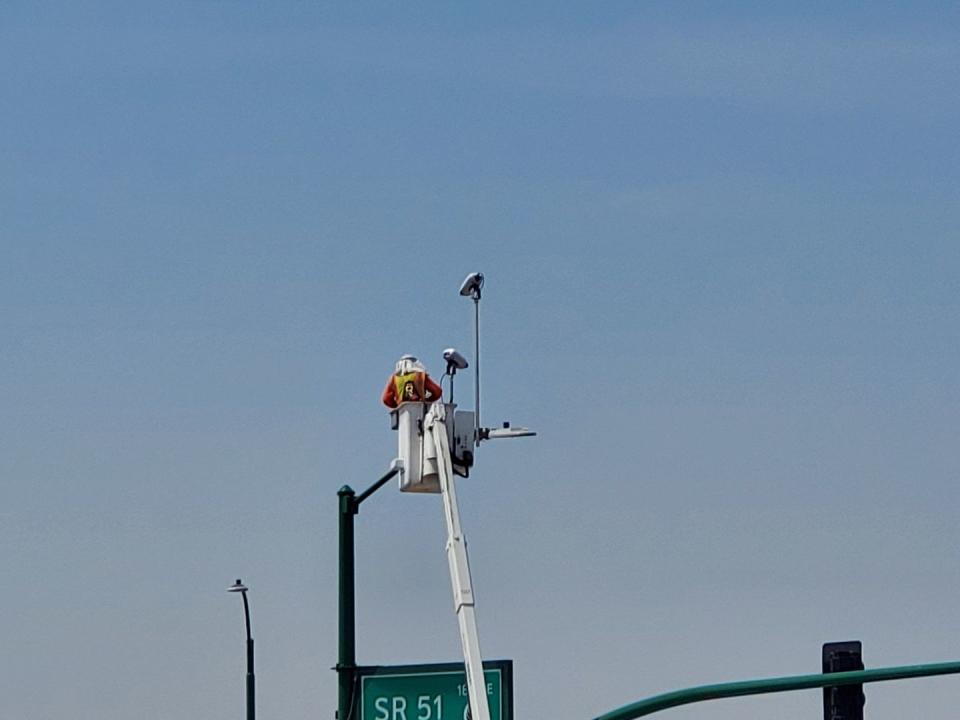It’s Time for Smart Traffic Lights

Judging by a famous piece of footage showing a trip down Market Street in San Francisco circa 1906, traffic was a dangerous free-for-all in those days. Horses, cars and pedestrians, all getting in each other’s way. The mayhem was—only partially—tamed by the invention of the four-way, three-color traffic light 100 years ago in 1920 by Detroit policeman William Potts.
Two years later, traffic lights were beginning to use automatic timers and to interconnect, theoretically allowing motorists to proceed from one green light to another. But there has been amazingly little innovation since then and, until recently, not much was done to bring intersection control into the modern world of sensors, Lidar, cameras and artificial intelligence.
“Ninety-nine percent of the traffic lights in the world are not reacting in real time,” said Tal Kreisler, CEO of the Israel-based startup NoTraffic. “They’re using technology that hasn’t improved in 100 years, and they’re really not connected to anything.”
Many cities operate traffic management centers that are hives of activity akin to a busy urban air traffic control operation. But appearances are somewhat deceiving, given that the traffic engineers have limited tools available to manipulate their signal networks to respond in real time. They can make manual changes for congestion and other roadway problems they see, but they can’t make the traffic signals any smarter.

By digitizing the traffic light and getting it fully into the world of Big Data, companies like NoTraffic and Pittsburgh-based Surtrac say they can offer major environmental and congestion benefits. Surtrac, working with technology developed at Carnegie Mellon University (CMU), claims to be able to reduce travel times by 25 percent, signal wait times by 40 percent, stops by 30 percent and emissions by 20 percent.
Smart traffic lights gather information from sensors placed at intersections and regularly update light timing based on actual conditions, rather than being limited to pre-set time spans based on historical averages. If you’ve ever sat at a light that stayed stubbornly red when there wasn’t any traffic in sight—or fruitlessly pushed the ancient, painted-over “Push to Walk” button—you’ve experienced the frustration of doing things the old way. Ideally, the intersections will also be able to communicate with the cars and trucks passing through, giving them invaluable information (garnered from the whole light network) about what to expect ahead.

NoTraffic installs AI sensors and its own optimization engine (which reads the data and tells the light what to do) at each intersection. The company has U.S. pilot programs in Arizona and California, and says if widely adopted its technology could reduce annual carbon dioxide emissions by the equivalent of adding 20 million EVs to American roads.

 Yahoo Autos
Yahoo Autos 